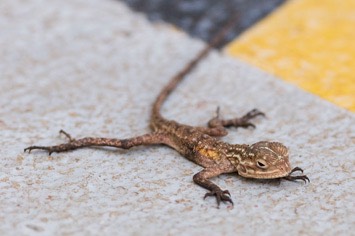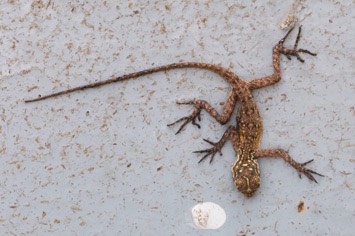Gabonese waters are home to an impressive variety of cetaceans. During a six month period, we recorded some 20 different species! Unfortunately, not many of the whales and dolphins we observed, approached the vessel closely, so that we did not end up with many close-up photos.
We had some memorable encounters with rough-toothed dolphins (Steno bredanensis), which kept us on our toes, as they can be quite challenging to identify at long range. However, their head-shape, when seen in profile, is quite unique, as their melons (foreheads) slope straight into their beaks. In a dorsal view their beaks look really long and slender, which confused us for quite some time! They also have very long and narrow flippers, which is another helpful feature for identification. Rough-toothed dolphins tend to have pink lips and bellies, looking like make-up applied in a hurry.
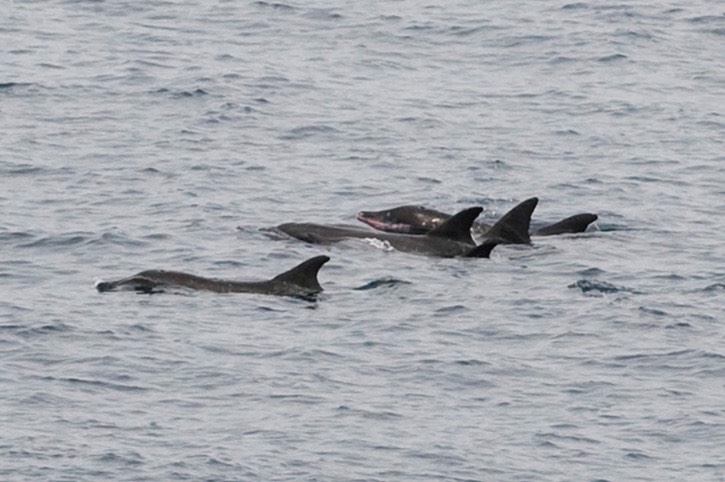
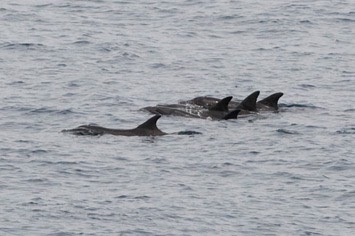
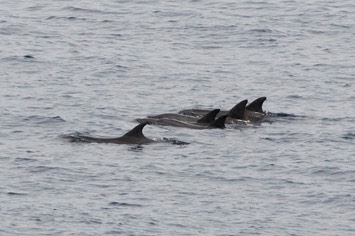
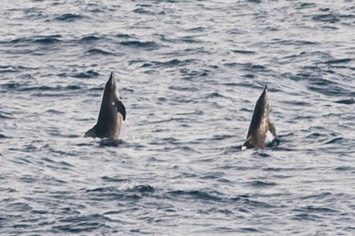
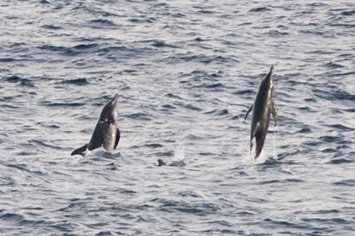
Pantropical spotted dolphins (Stenella attenuata) can be a bit stand-offish and most of those that we encountered gave us a wide berth. We look forward to the day when we have a close encounter with these beauties.
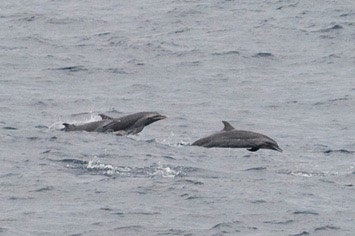
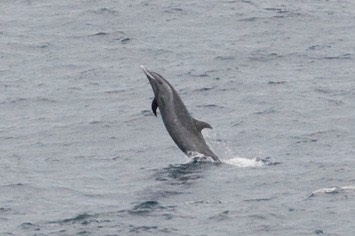
A species that we had been hoping to see since starting to work in West Africa is the Clymene dolphin (Stenella clymene), which only lives in tropical and warm Atlantic waters. So far we had been unlucky, but during our time in Gabon, we encountered several quite big groups of these agile relatives of the spotted dolphins. Again, they were reluctant to approach closely or bow-ride and didn't pose for portrait photos. However, it was very exciting to see so many of them!
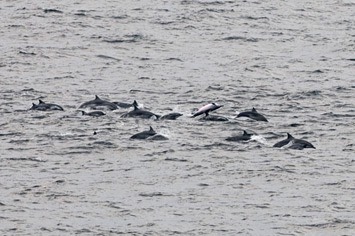
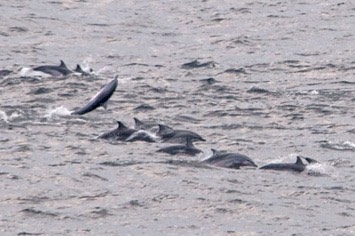
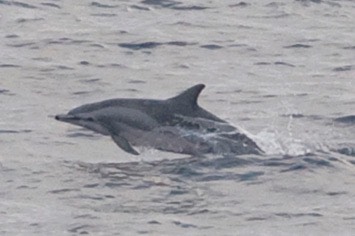
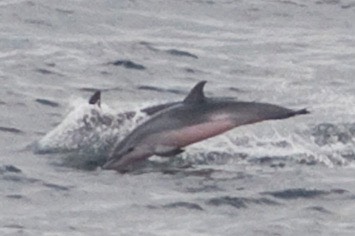
Besides the more common dolphin species, we had quite a few more unusual sightings of members of the so-called "blackfish" family. False killer whales (Pseudorca crassidens) was another first for us! They appear like oversized dolphins, with a rounded beakless head and rounded tips to their dorsal fins. We also had several encounters with melon-headed whales (Peponochephala electra). They are only the size of small dolphins, and some people propose to call them Electra dolphins, based on their scientific name. We jokingly call them electric dolphins, as they always seem to charge around like mad little things! We also had several encounters with their very similar looking relatives, the pygmy killer whales (Feresa attenuata), but as they were rather photo shy, we didn't manage to get anything other than distant blurry photos of them.
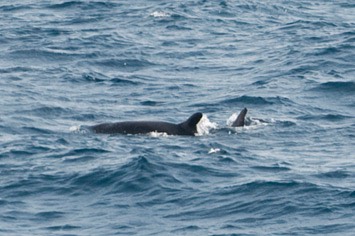
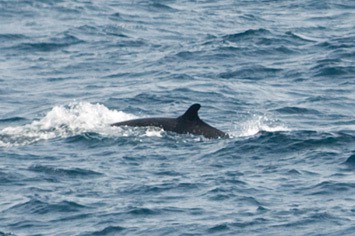
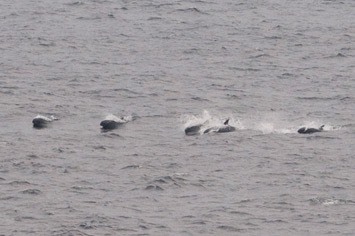
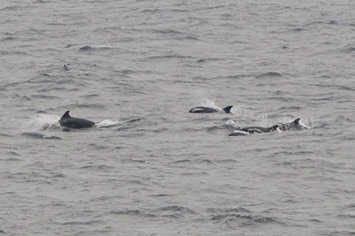
Our species list also included Atlantic spotted dolphin (Stenella frontalis), bottlenose dolphin (Tursiops truncatus), Risso's dolphin (Grampus griseus), short-finned pilot whale (Globicephala macrorhynchus), killer whale (Orcinus orca), dwarf sperm whale (Kogia sima), fin whale (Balaenoptera physalus), sei whale (Balaenoptera borealis), humpback whale (Megaptera novaeangliae), sperm whale (Physeter macrocephalus) and several sightings of unidentified beaked whales, as well as leatherback turtles (Dermochelys coriacea).
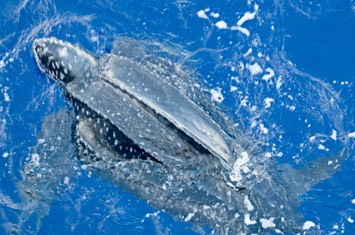
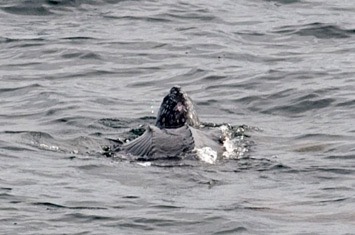
Leaping sailfish were a common sight, but difficult to capture with the camera. Their enormous dorsal fin lies folded in a grove when they jump. Their beak is much finer and longer than that of the Blue Marlin, which is also found in these waters.
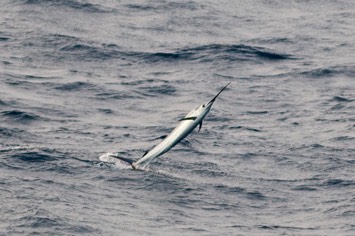
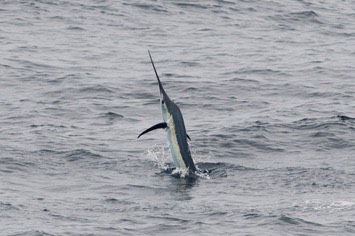
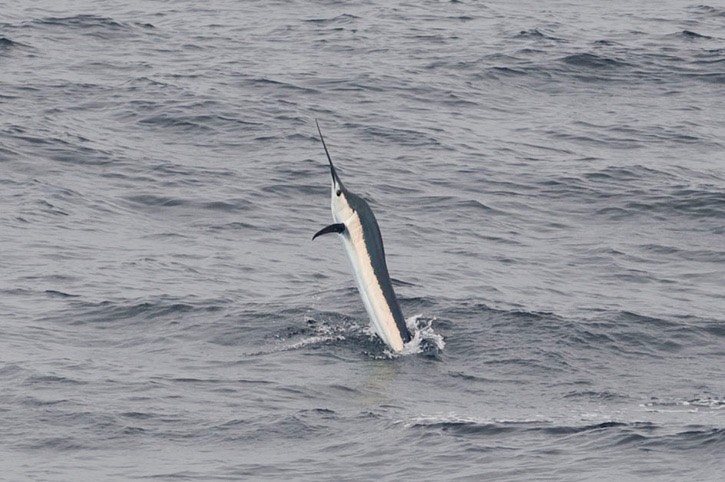
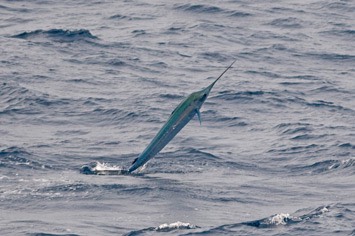
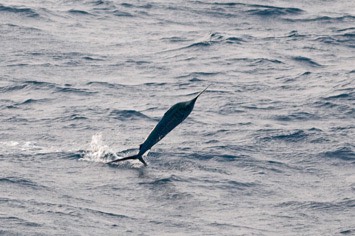
Seabirds in deeper waters were dominated by Cory's shearwaters and Wilson's petrels. The shearwaters often came close enough to photograph, but the small petrels usually kept their distance. Migrant Arctic terns were a common sight, as were three species of skua that breed in the far north. Brown noddies and tropic birds reminded us that we were actually near the equator.
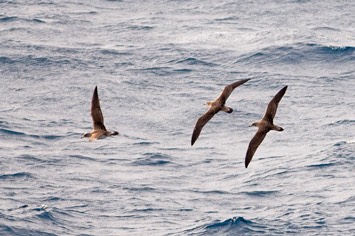
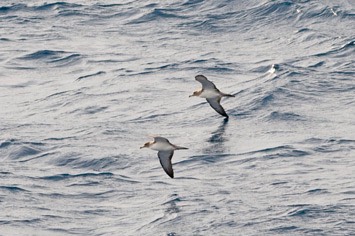
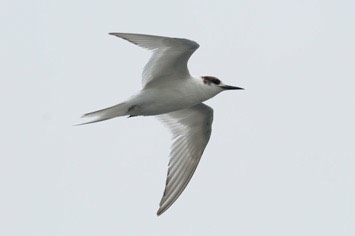
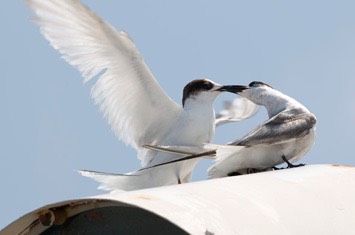
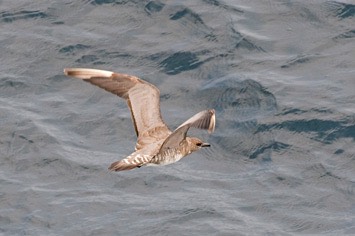
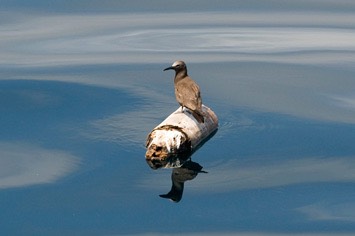
Land birds made frequent appearances on the ship, including numerous cattle egrets as well as Palaearctic migrants such as golden oriole, Isabelline shrike, warblers and flycatchers. Perhaps we'll see this oriole again, stealing the ripe figs in our garden!
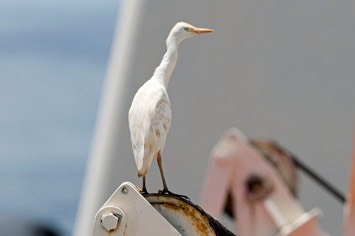
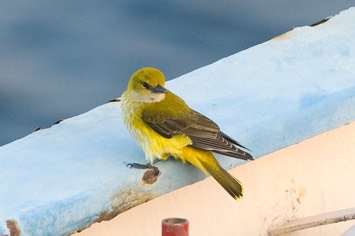
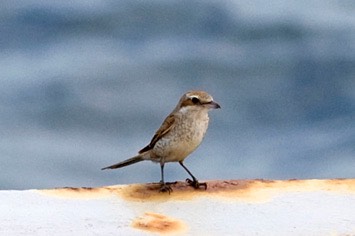
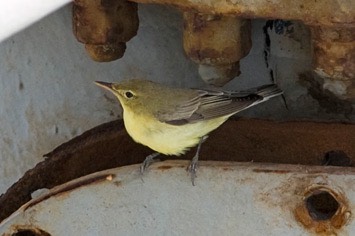
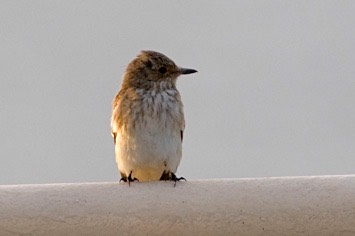
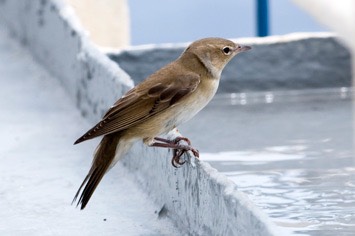
Intra-African migrants included doves, a Jackobin cuckoo, woodland kingfishers and a spectacular roller, which was either a broad-billed or a blue-throated roller. It was probably a juvenile and these are especially difficult to distinguish in this closely related pair of species.
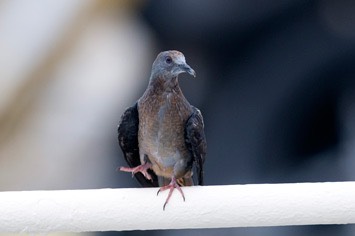
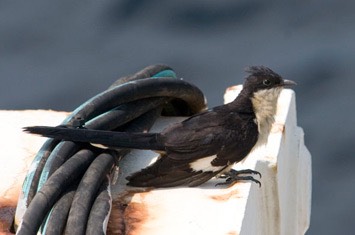
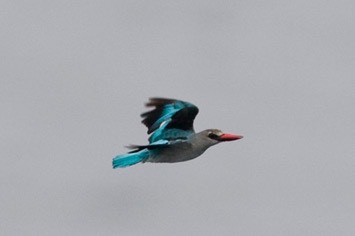
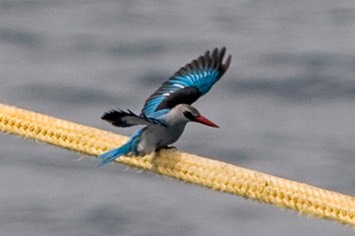
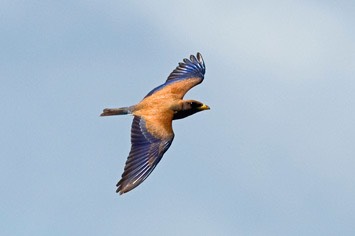
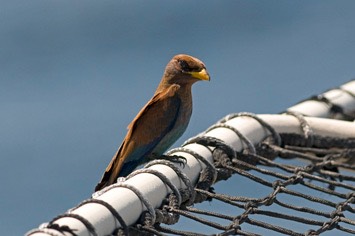
Butterflies and moths were often seen after rainy days.
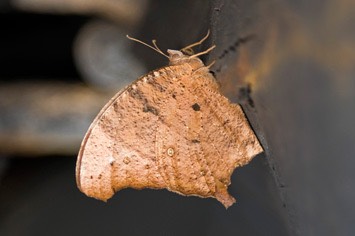
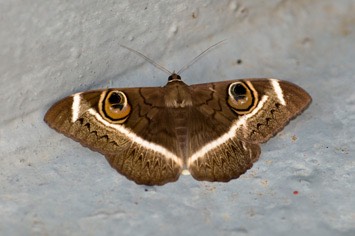
Bats are rare at sea, so it was the last thing we thought of when we caught glimpses of small white flying creature whizzing around the ship. It turned out to be a Mauritian tomb bat that stayed with us for several days!
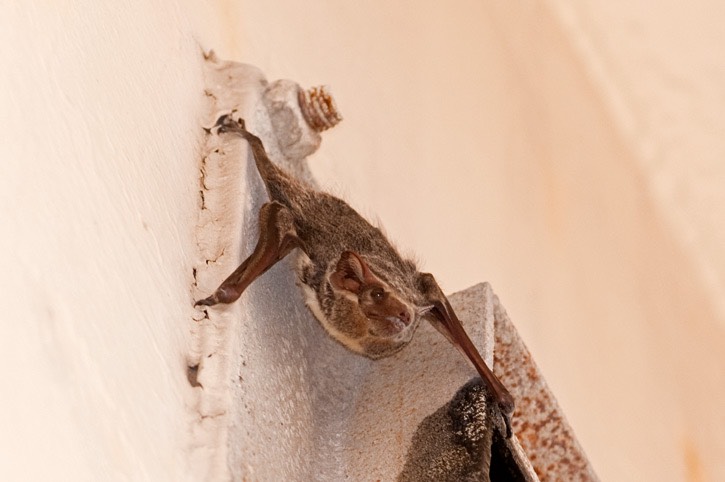
A first for us on board a ship was a lizard - clearly a stowaway!
